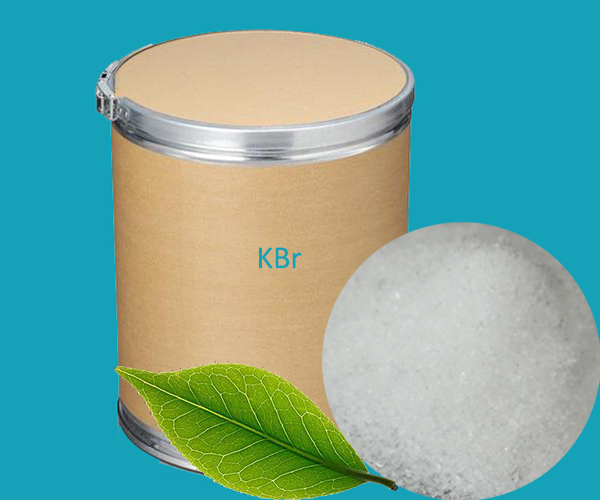Potassium bromide, commonly known by its chemical formula KBr, is a vital compound with numerous applications in different fields. The compound consists of one potassium ion (K+) and one bromide ion (Br–). Its high solubility in water and other polar solvents is noteworthy.
Chemical and Physical Properties
Appearance: KBr is a white crystalline solid at room temperature.
Melting Point: It melts at 734 degrees Celsius.
Boiling Point: The boiling point of potassium bromide is 1435 degrees Celsius.
Solubility: It is highly soluble in water, with a solubility of 53.5 g/100 mL at 20 degrees Celsius.
Density: The density of potassium bromide is 2.75 g/cm3 at 25 degrees Celsius.
Applications of Potassium Bromide
In Medicine: Historically, KBr has been used in medicine to treat epilepsy. Even today, it is used in veterinary medicine to manage epilepsy in dogs, cats, and other pets.
In Optics: Due to its wide transmission range and low cost, KBr is frequently used in infrared spectroscopy. High-quality, single-crystal KBr is used as a transparent medium in optical components.
In Photography: It’s used in the preparation of silver bromide, an essential component in traditional photographic film.
In Chemistry: Potassium bromide is an important reagent in the lab. Its utility ranges from being a nucleophile in organic synthesis to a source of bromide ions in ionic reactions.
In Food: Despite its medical uses, KBr is classified as a food additive, specifically a flour improver, in the European Union.
 English
English Español
Español Português
Português Français
Français Deutsch
Deutsch Русский
Русский 中文
中文 日本語
日本語
